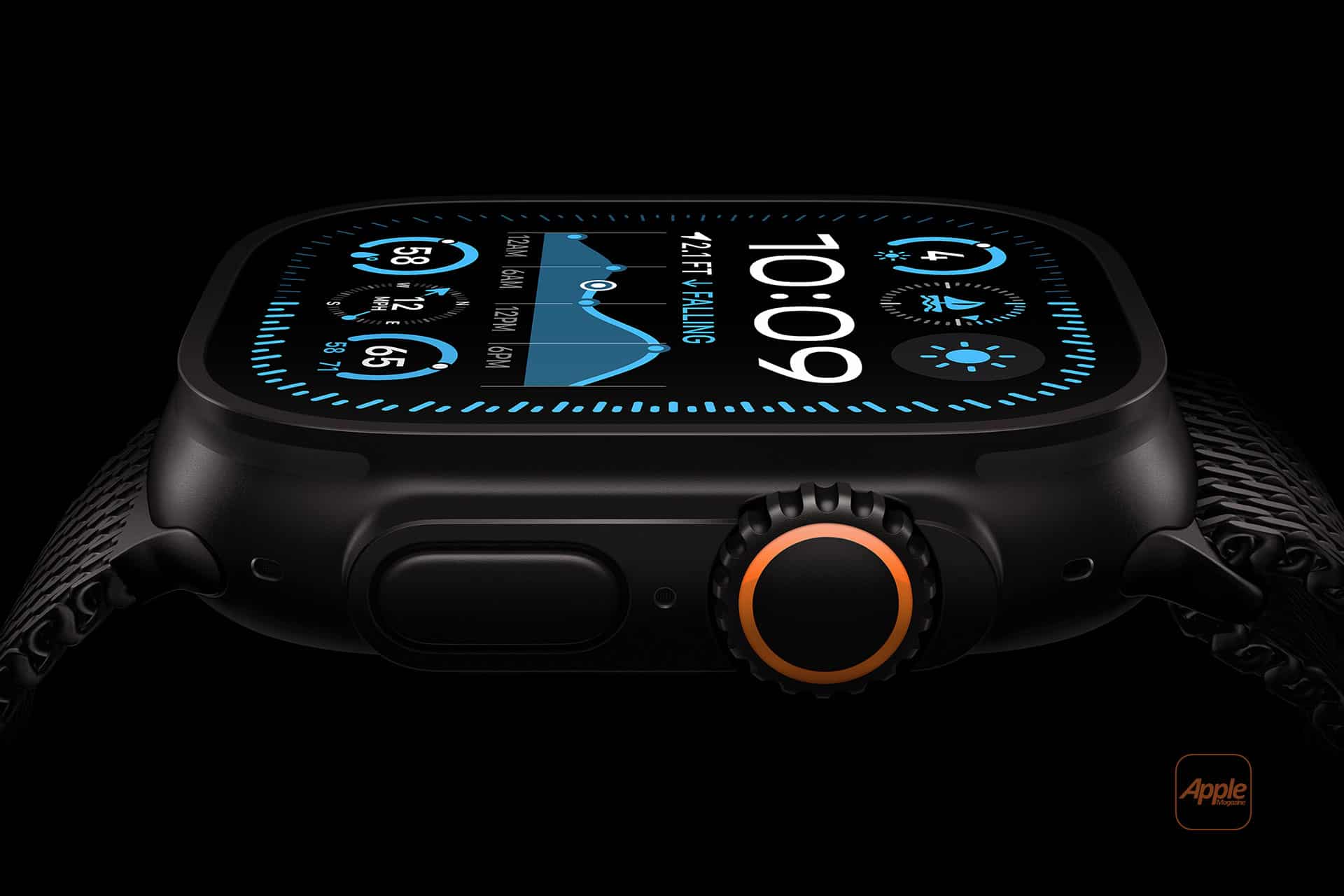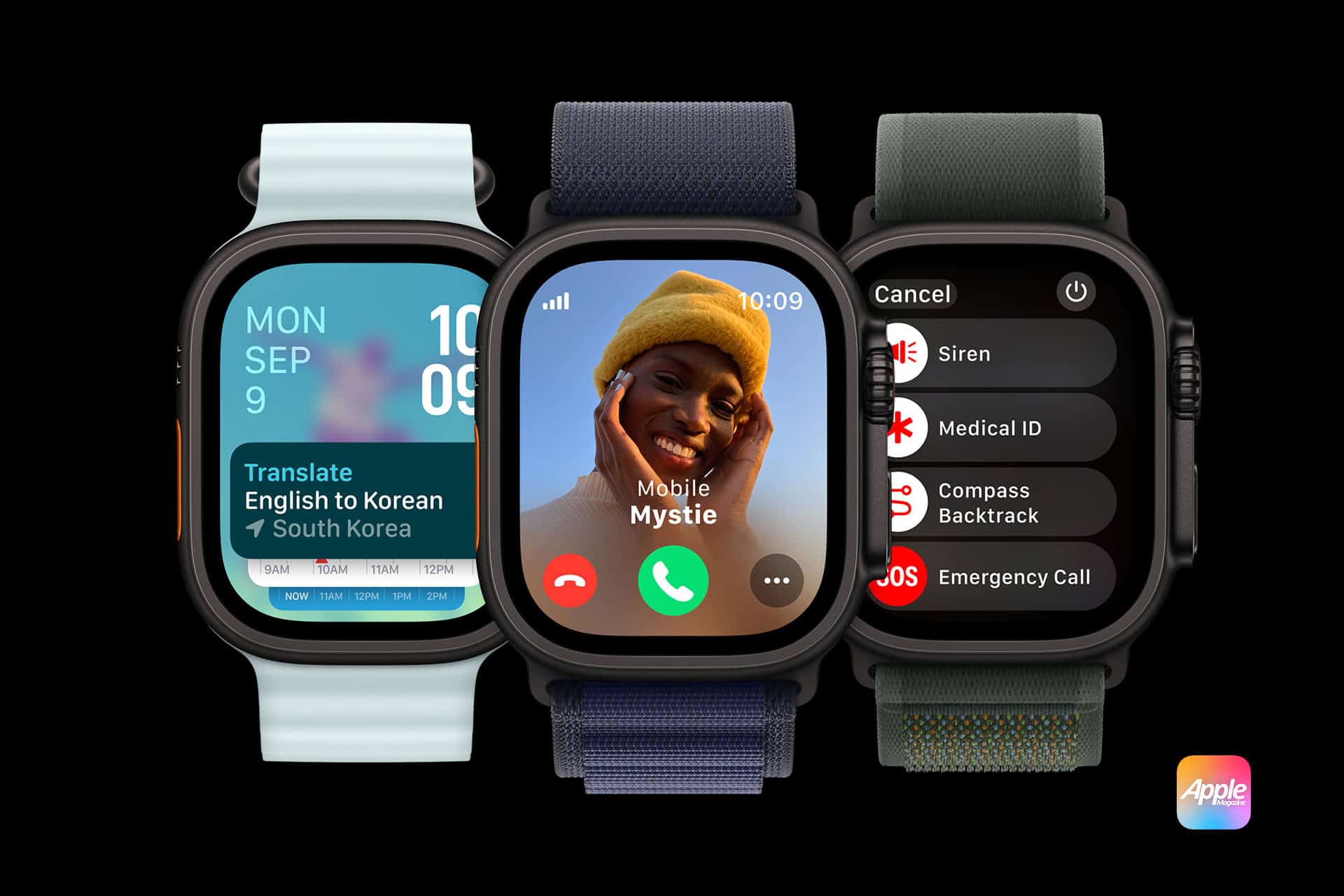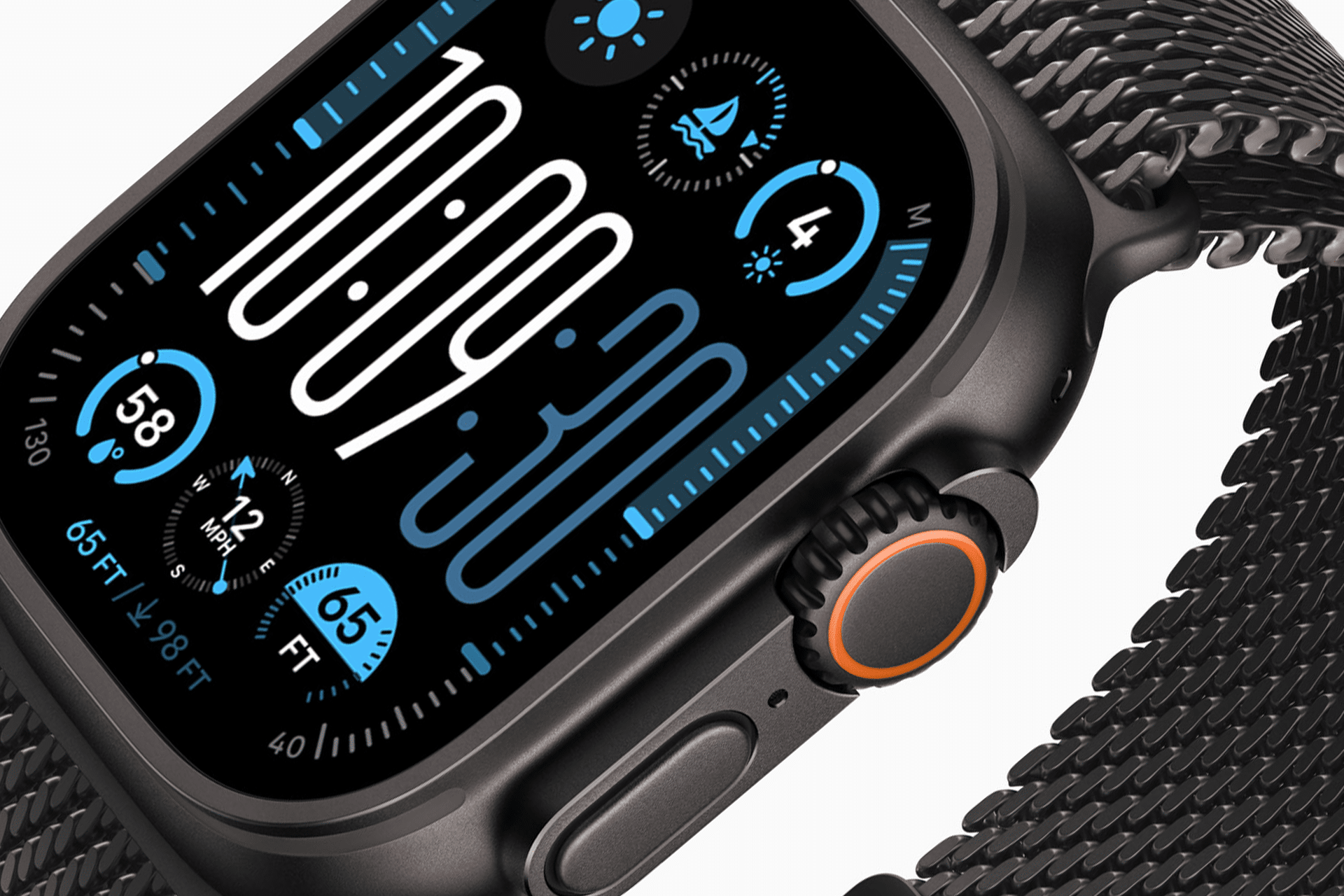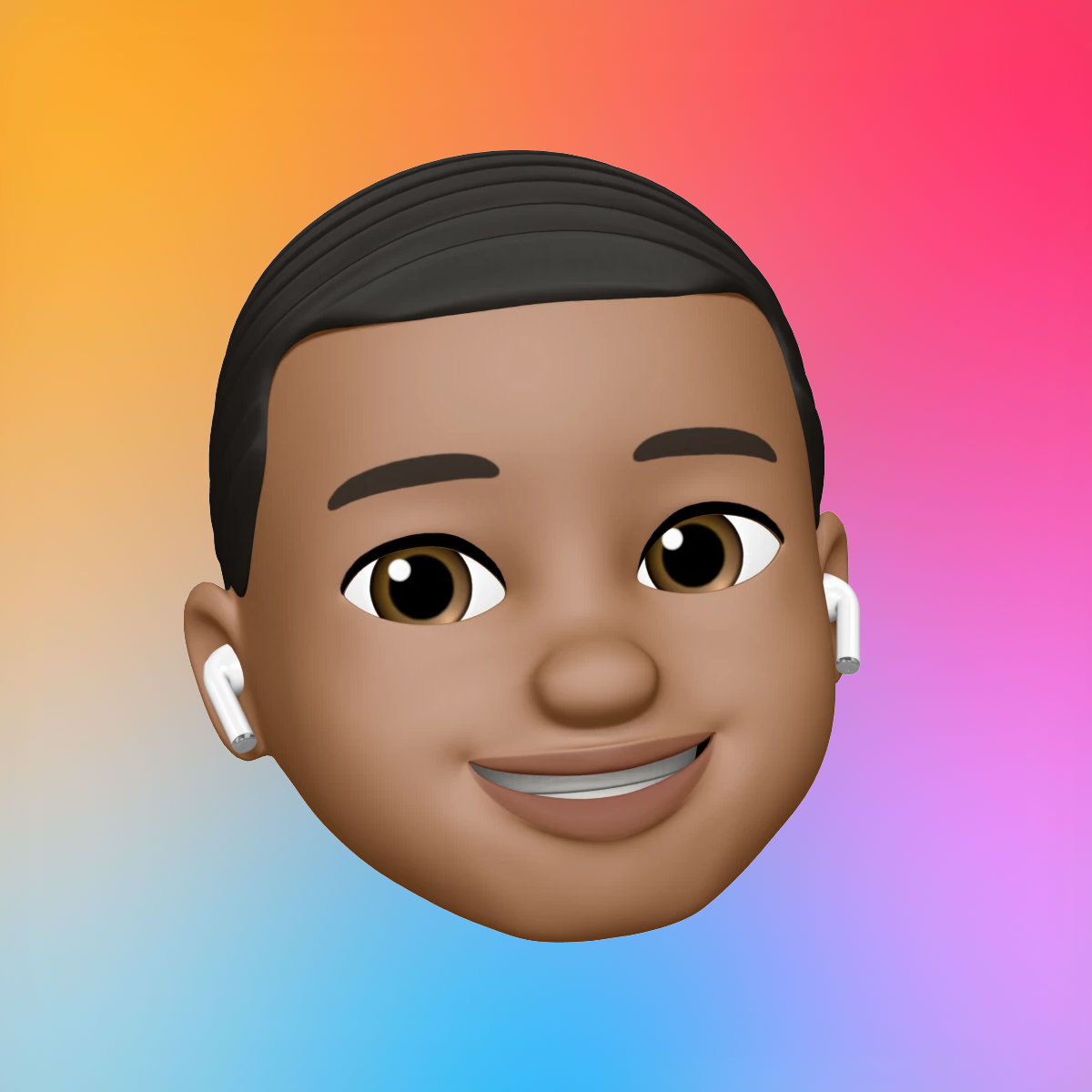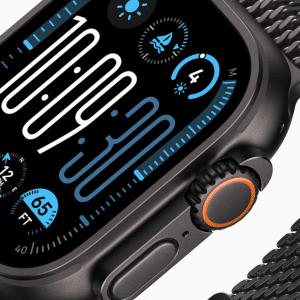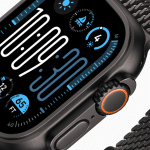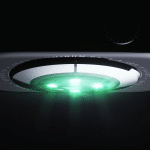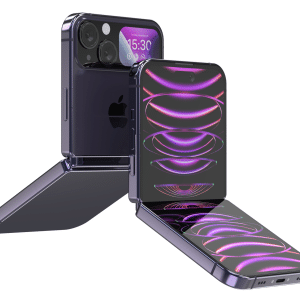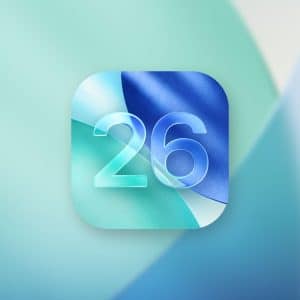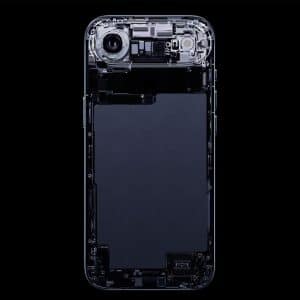One of the standout features of the Apple Watch Ultra 3 is satellite connectivity, a capability already introduced in the iPhone 14 and expanded in subsequent models. This feature allows users to send text messages and request emergency assistance without cellular or Wi-Fi networks, making it ideal for outdoor activities in areas with limited coverage. Unlike the iPhone, which requires specific positioning to connect to satellites, the watch’s smaller form factor may streamline this process, offering a seamless way to stay connected in the wilderness.
This addition positions the Ultra 3 as a direct competitor to Garmin’s satellite-equipped devices, which have long catered to adventurers needing reliable communication in remote settings. For users like hikers or climbers, the ability to send an SOS or a quick message without relying on a phone could be a game-changer, enhancing safety and convenience.
5G RedCap for Enhanced Performance
The Apple Watch Ultra 3 is also expected to support a specialized version of 5G, known as 5G RedCap (Reduced Capability), optimized for wearables. This technology promises faster data speeds than the LTE found in current Ultra models, improving performance for tasks like navigation, streaming, and voice calls. While some users have questioned the necessity of 5G on a smartwatch, citing power efficiency concerns, RedCap is designed to balance speed and battery life, making it suitable for the Ultra’s demanding use cases.
For example, real-time navigation updates or streaming audio during workouts could benefit from 5G’s lower latency and higher bandwidth. However, user feedback suggests mixed sentiment, with some preferring the power-efficient 4G for basic tasks like FaceTime or music streaming, indicating Apple must carefully manage battery performance to justify the upgrade.
Subtle Design and Display Improvements
While the Apple Watch Ultra 3 is expected to retain its rugged titanium enclosure, 49mm case size, and signature features like the Action button and sapphire glass display, rumors point to minor design tweaks. A redesigned metal back could enable faster charging, addressing a common request for quicker power-ups. The display may also see an upgrade to LTPO3 OLED technology, already introduced in the Apple Watch Series 10, offering 40% brighter visuals when viewed from angles and a higher refresh rate for smoother always-on display performance.
Speculation about a microLED display has circulated for years, with some analysts suggesting a 2.12-inch microLED panel could debut, providing superior brightness and contrast. However, recent reports indicate production challenges may delay microLED adoption until 2026, meaning the Ultra 3 will likely stick with OLED. These display enhancements, while incremental, aim to improve readability in bright outdoor conditions, a key consideration for the Ultra’s target audience.
Health Features and Performance Boosts
The Ultra 3 is expected to feature the new S11 chip, offering improved performance and efficiency over the S9 chip in the Ultra 2. This upgrade could support more complex watchOS 12 applications, including potential Apple Intelligence features like enhanced Siri interactions or AI-driven health coaching. The move to a full arm64 architecture, as introduced in watchOS 26, will further enable developers to create more sophisticated apps, aligning the watch’s capabilities with Apple’s broader ecosystem.
Health monitoring remains a focal point, though major new sensors may not arrive this year. Apple has been developing blood pressure monitoring, which could alert users to hypertension trends, but development hurdles make its inclusion uncertain for 2025. Existing features, like atrial fibrillation detection and one-lead ECG readings, will likely carry over, with possible additions like sleep apnea detection, already present in newer models. The absence of blood oxygen monitoring in U.S. models, due to ongoing patent disputes, remains a sore point for some users.
Market Context and User Expectations
The Apple Watch Ultra 3 enters a competitive landscape where the Samsung Galaxy Watch Ultra and Garmin’s rugged offerings challenge Apple’s dominance. Users have expressed frustration over incremental updates and the lack of blood oxygen sensing in the U.S., with some holding onto first-generation Ultras due to battery degradation concerns. The Ultra 3’s satellite and 5G features aim to address these pain points, but pricing will be a critical factor. Expected to start at $799, the Ultra 3 may face pressure from cheaper alternatives like the Galaxy Watch Ultra at $649, especially if tariffs increase costs.
User sentiment also highlights a desire for better battery life, with some reporting that first-generation Ultras now last less than two days. While the Ultra 3 is unlikely to see a dramatic battery boost—Apple’s watches typically maintain an 18-hour baseline—the new chip and potential charging improvements could offer marginal gains. For many, the decision to upgrade will hinge on whether these connectivity and performance enhancements justify replacing older models.
Looking Ahead to September 2025
As Apple prepares to launch the Ultra 3 alongside the Apple Watch Series 11 and a refreshed SE, the focus on connectivity and subtle refinements reflects a strategy of evolution rather than revolution. The satellite and 5G features cater to the Ultra’s core audience of outdoor enthusiasts, while the S11 chip and watchOS 12 ensure compatibility with Apple’s advancing software ecosystem. For users weighing an upgrade, the Ultra 3 promises practical improvements, but those expecting a major redesign or groundbreaking health sensors may need to wait another year.
